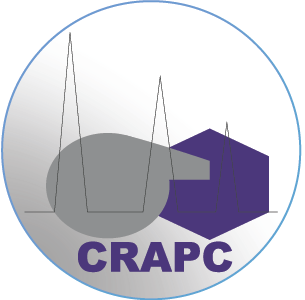Author(s): Imad Abdelhamid El Haci*, Wissame Mazari, Fawzia Atik-Bekkara, Fatma Mouttas-Bendimerad, Fayçal Hassani
Abstract:
Background: Polygonum maritimum is one of the spontaneous halophyte plants of the Algerian coast. Many studies were carried out to evaluate the contents and the quality of phenolic compounds of this plant around the Mediterranean region. Objective: This paper intends to identify, for the first time, the phenolic compounds from the flower part of P. maritimum.
Methods: RP-HPLC-PDA (Reversed Phase-High Performance Liquid Chromatography-Photo Diode Array) material was used for this purpose. Many standards were used and their retention times were stored in a local database. Identification was made on the basis of retention times of retained compounds and those found in the literature, and UV spectra of each peak.
Results: This study intends to identify five phenolic acids (gallic, ferulic, sinapic, caffeic and syringic acids), one flavonol (rutin) and one flavanone (naringenin).
Conclusion: P. maritimum is an important source of natural bioactive compounds that can be exploited for the benefit of many fields.
Keywords: Acid phenols, flavonoids, RP-HPLC-PDA, Polygonum maritimum, halophyte, medicinal plants.

